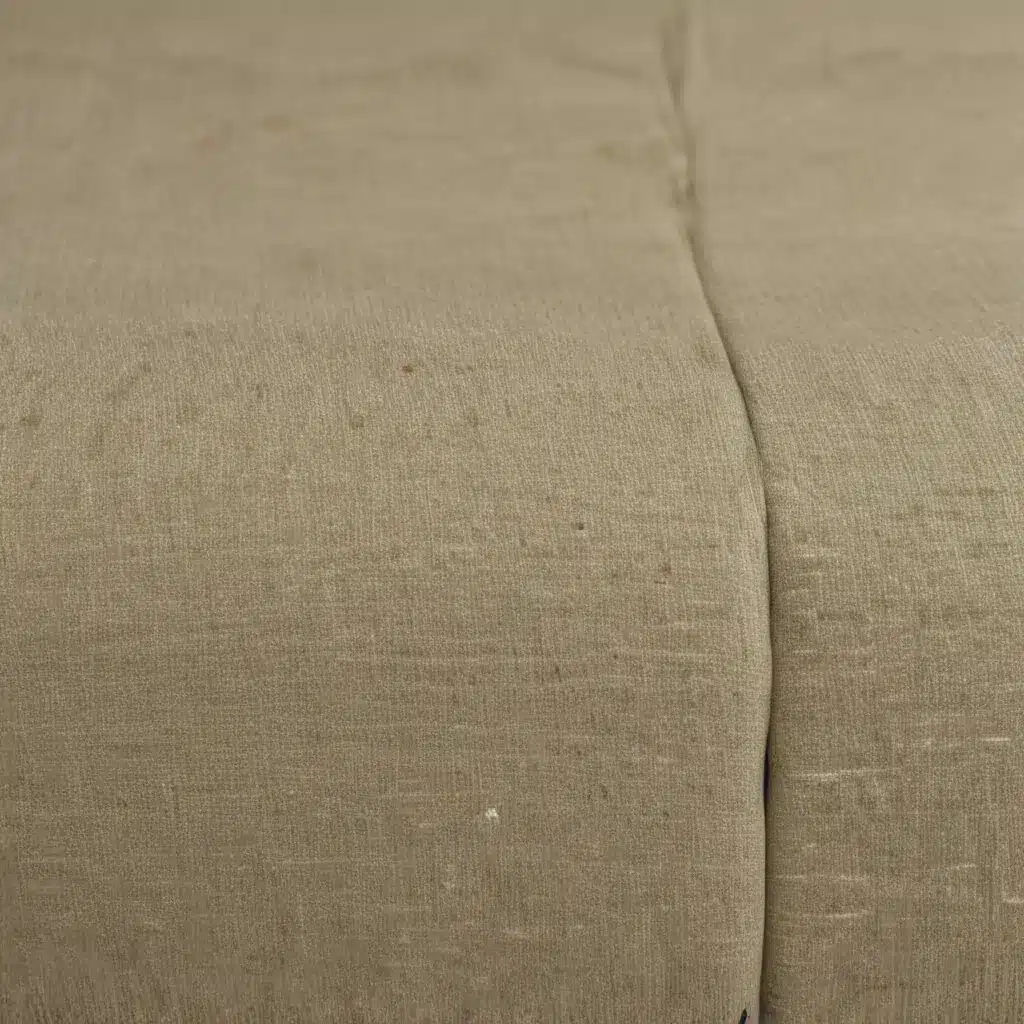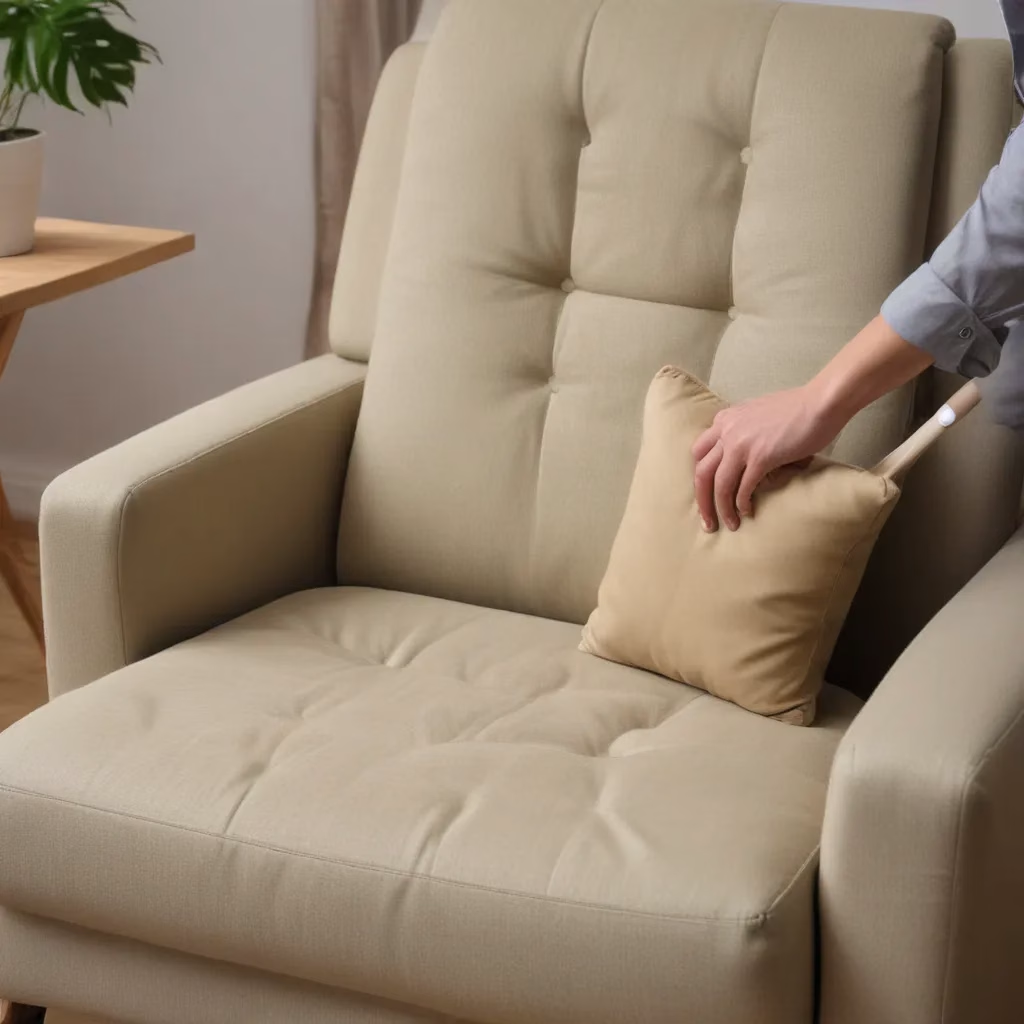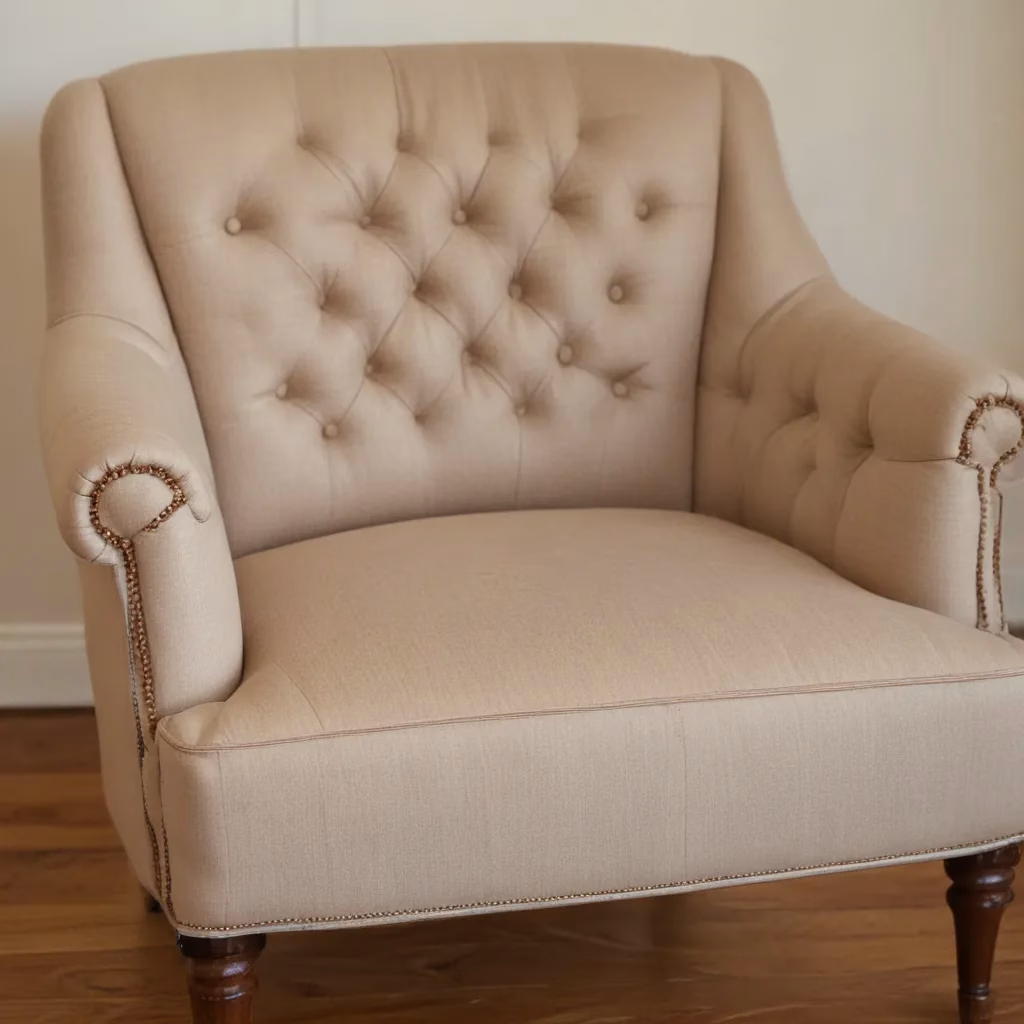The Upholstery Dilemma: Balancing Style and Sustainability
As a self-proclaimed couch potato, I’ve spent more time than I’d like to admit pondering the intricacies of upholstery fabrics. You see, I’m the type of person who can’t decide between the perfect shade of gray or that bold floral print – they both have their merits, you know? But lately, I’ve been wondering, “Can I have my stylish sofa and feel good about it too?” Enter the world of eco-friendly upholstery fabrics.
It all started when I was redecorating my living room and stumbled upon Sofa Spectacular, a custom sofa company in the UK that prides itself on sustainable practices. As I scrolled through their fabric options, I was met with a dizzying array of choices – from natural linens to recycled polyesters, each one boasting its own eco-credentials. Suddenly, the once simple task of selecting the perfect fabric had become a full-blown existential crisis. “How am I supposed to know which ones are truly sustainable?” I thought to myself, my head spinning.
Lucky for you, dear reader, I’ve done the hard work so you don’t have to. Join me as we dive into the world of eco-fabrics and uncover the sustainable upholstery options that will have your living room looking stylish and your conscience feeling clean.
Understanding Fabric Durability: The Martindale Test Explained
Before we get into the nitty-gritty of sustainable fabrics, let’s talk about something equally important: durability. After all, what’s the point of investing in an eco-friendly sofa if it’s going to fall apart after a few years of Netflix binge-watching and the occasional (OK, frequent) spill from my hot chocolate habit?
That’s where the Martindale test comes in. As Linwood Fabric explains, this industry-standard test measures how well a fabric can withstand wear and tear. Basically, they clamp a swatch of the fabric into a machine that rubs it against another fabric, simulating the kind of abuse your sofa will endure in your home. The test goes on until the fabric shows visible signs of damage, and the number of cycles completed is recorded as the Martindale score.
Fabrics with a Martindale score of 10,000 or less are only fit for decorative uses, like cushions or curtains. For everyday furniture, you’ll want something with a score of at least 20,000. And if you’ve got a household full of rambunctious little ones (or, let’s be honest, just a clumsy adult like me), you might want to opt for a heavy-duty fabric in the 25,000 to 30,000 range.
But don’t worry, eco-friendly fabrics can be just as durable as their conventional counterparts. Many of Linwood’s sustainable offerings, like their polyester velvets and woven designs, boast Martindale scores well over 60,000 – making them perfect for high-traffic areas.
The Sustainable Fabric Smorgasbord: Exploring Your Options
Now that we’ve got the nitty-gritty of fabric durability out of the way, let’s dive into the world of eco-friendly upholstery options. Believe it or not, there’s a veritable smorgasbord of sustainable fabrics to choose from, each with its own unique set of benefits.
One of the most naturally sustainable fabrics is linen, which is derived from the flax plant. As Ariaprene explains, linen requires minimal water and no added pesticides to grow, making it a truly green choice. Linwood’s Elba collection offers a range of 48 lush linen hues, perfect for creating a relaxed, breezy vibe in your living room.
But linen isn’t the only sustainable fabric in town. Linwood has also developed a line of recycled options, like their Verde cotton and Omega III polyester velvet, which incorporate 80% and 60% recycled materials, respectively. And let’s not forget about wool – Linwood’s Ollaberry and Roxburgh collections use pure wool woven in the UK, reducing the carbon footprint associated with transportation.
When it comes to eco-friendly fabrics, it’s not just about the materials used, but also the production process. Brands like Ariaprene are leading the charge with innovative solutions like MARINYLON, which upcycles decommissioned fishing nets into durable, sustainable textiles.
Stain-Resistant and Easy-to-Clean: The Unsung Heroes of Sustainable Upholstery
As much as I love the idea of a sustainably-sourced sofa, I’ll admit that practicality is also a top priority for this couch potato. I mean, let’s be real – my living room is a minefield of potential spills and stains, and I need a fabric that can keep up with my messy lifestyle.
Luckily, the team at Linwood has got my back (and my sofa’s). Many of their sustainable fabric offerings, including their polyester velvets and linen-blend Juno collection, boast stain-resistant finishes. That means I can tackle those inevitable red wine or chocolate-fueled mishaps without fear of leaving a permanent mark.
And for those times when a quick spot-clean just won’t cut it, Linwood’s got me covered there too. Their machine-washable options, like the Elba linen and Verde cotton, make deep-cleaning a breeze. Just be sure to follow the care instructions carefully and clean all pieces in the same fabric at once to avoid any color variations.
Of course, for those fabrics that require a bit more TLC, Linwood recommends reaching out to a professional upholstery cleaning service. They’ll know the right solvents to use based on the fabric’s care label, ensuring your beloved sofa stays in tip-top shape.
Sustainable Upholstery: The Gift that Keeps on Giving
As I’ve delved deeper into the world of eco-friendly upholstery, I’ve come to realize that sustainable fabrics aren’t just good for the planet – they’re also a gift that keeps on giving for us consumers.
For starters, there’s the peace of mind that comes with knowing your furniture is made from materials that tread lightly on the earth. Ariaprene points out that choosing sustainable fabrics can significantly reduce your carbon footprint, helping you do your part in combating climate change.
But the benefits don’t stop there. Studies show that consumers are increasingly drawn to brands that demonstrate a genuine commitment to sustainability, with 73% of Americans saying they would stop using a company that isn’t invested in environmental matters. By opting for eco-friendly upholstery, you’re not just making a savvy choice for your home – you’re also aligning yourself with a brand that shares your values.
And let’s not forget about the impact on the people behind the scenes. Ariaprene notes that over 70% of workers would prefer to work for a company that cares about the environment, and some would even be willing to take a pay cut to do so. Happy, motivated employees are the backbone of any successful business, and eco-friendly upholstery is just one way for companies like Sofa Spectacular to show their employees (and customers) that they’re walking the talk when it comes to sustainability.
Putting It All Together: Finding the Perfect Sustainable Sofa
As I sit here, sinking into the plush cushions of my newly reupholstered sofa, I can’t help but feel a sense of pride and satisfaction. Not only does my living room look absolutely stunning, but I know that the fabric I chose is doing its part to reduce my environmental impact.
The journey to finding the perfect sustainable upholstery option wasn’t always easy, but with the help of resources like Linwood Fabric and Ariaprene, I was able to navigate the seemingly endless options and make an informed decision.
Now, every time I sink into the plush cushions of my sustainably-sourced sofa, I’m reminded of the positive impact my choices have made. It’s a small but meaningful way to incorporate eco-friendly practices into my everyday life, and I wouldn’t have it any other way.
So, if you’re in the market for a new sofa (or any other upholstered furniture, for that matter), I encourage you to explore the world of eco-fabrics. Your living room – and the planet – will thank you.




